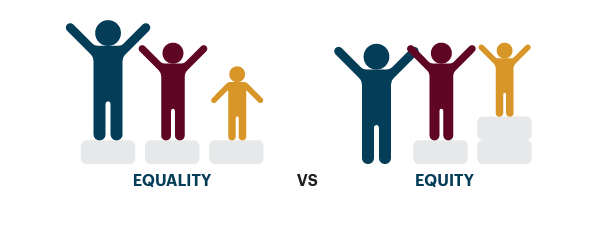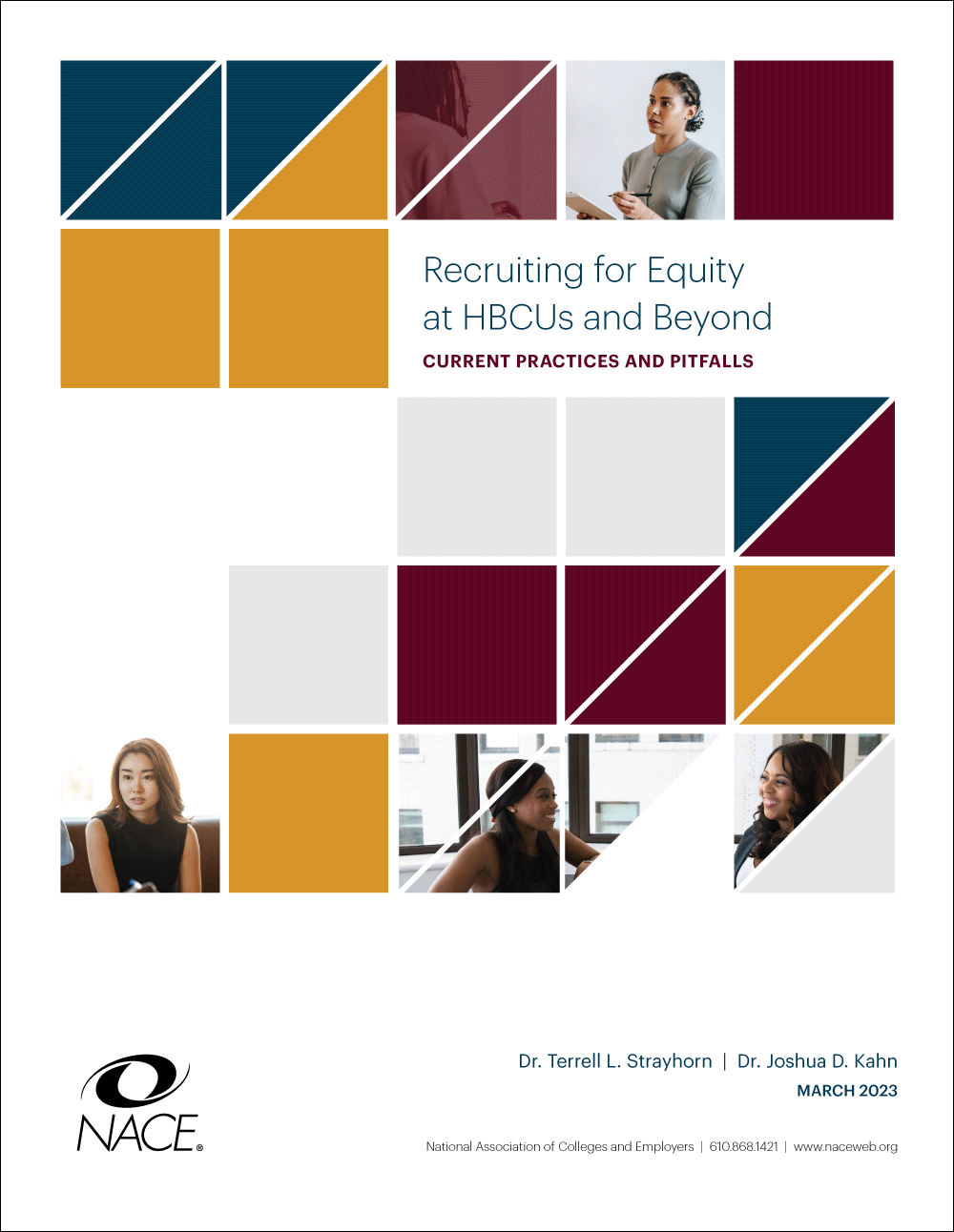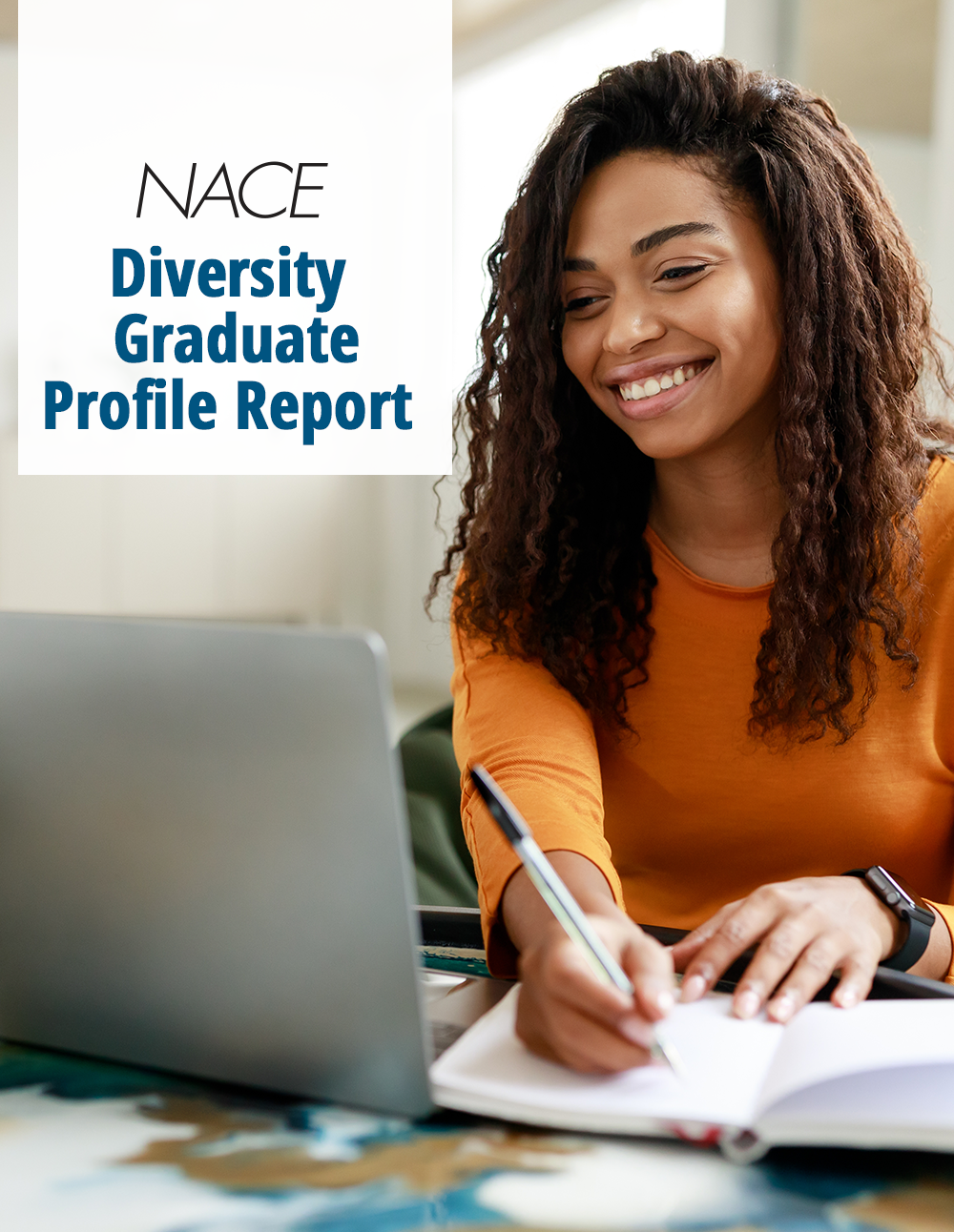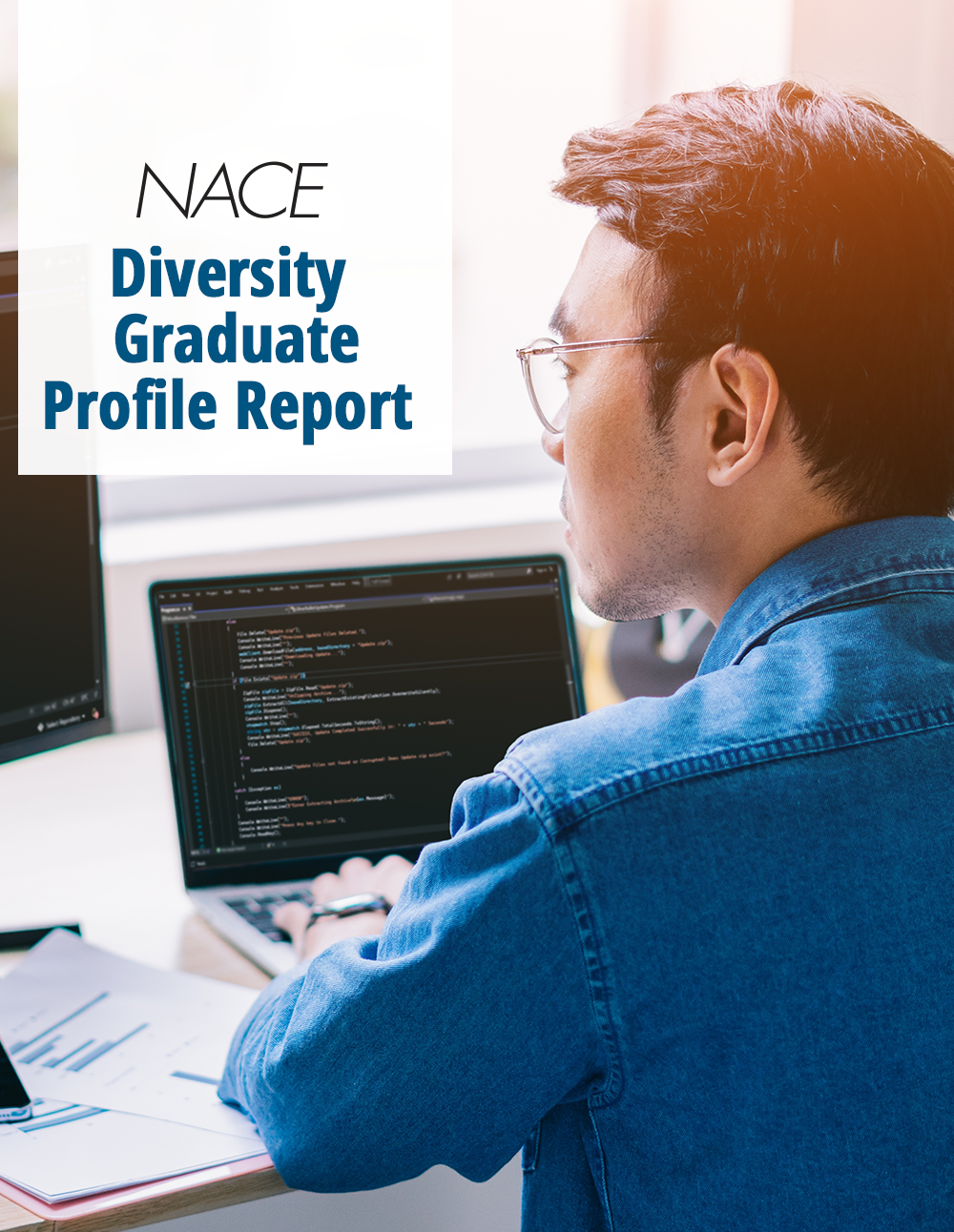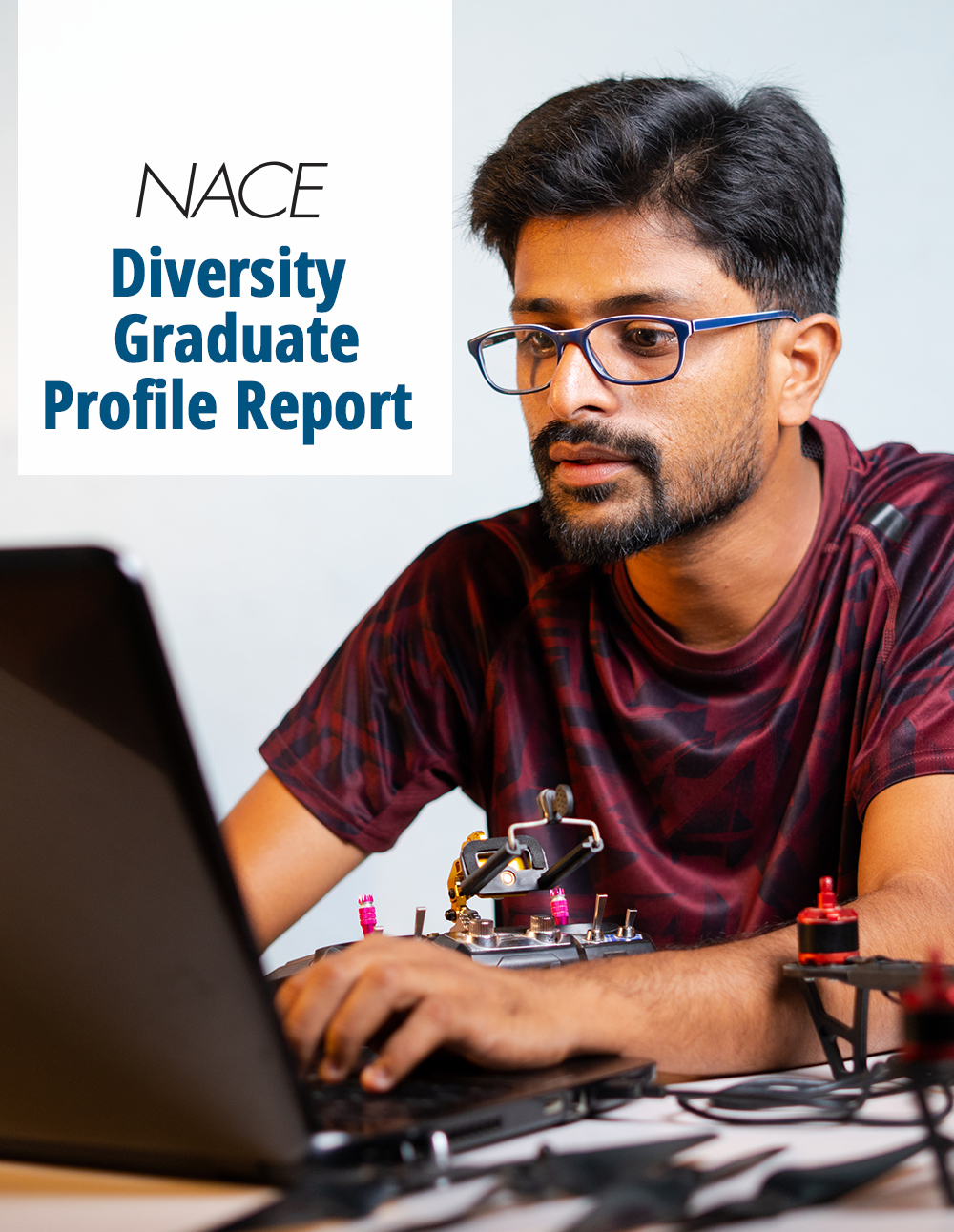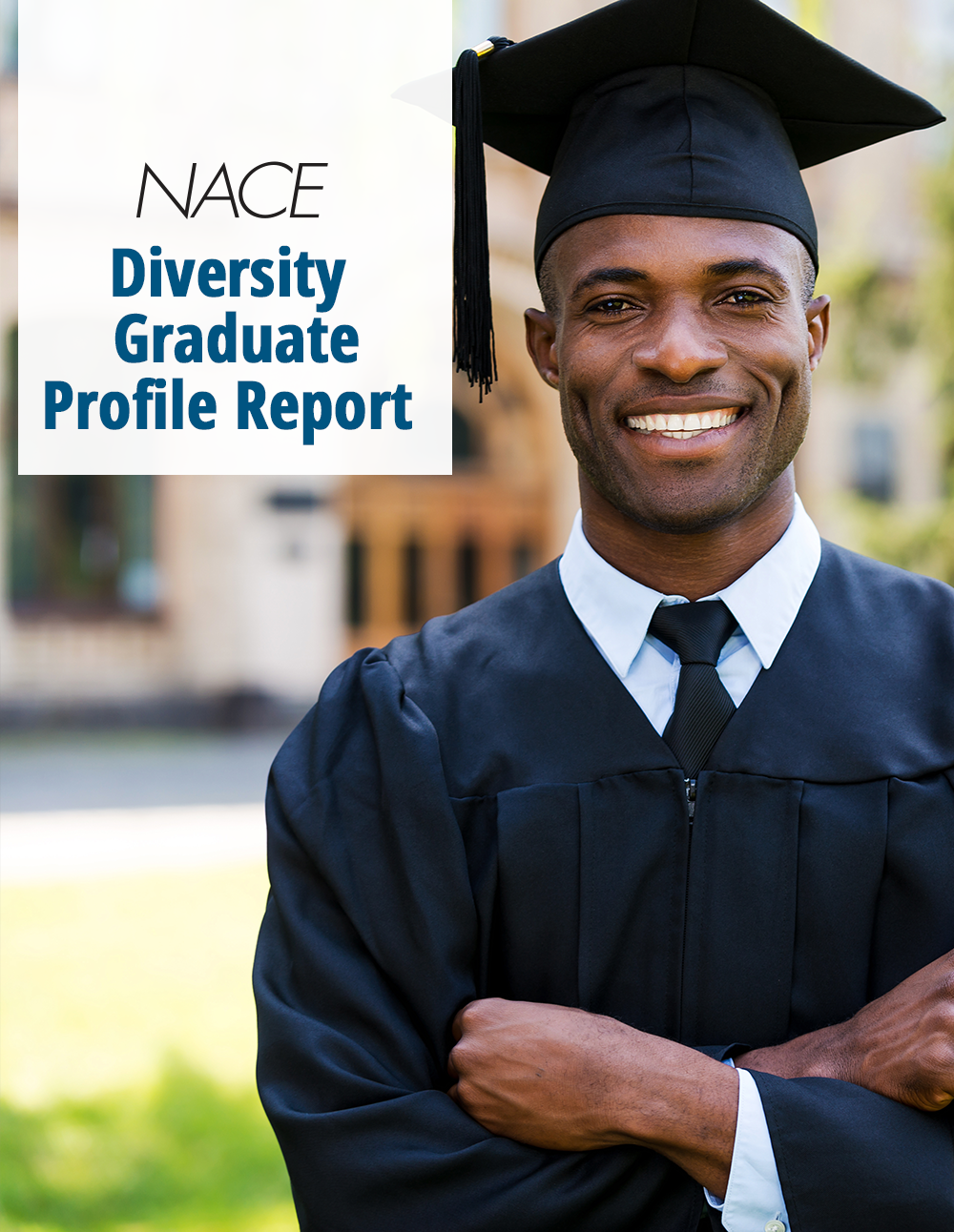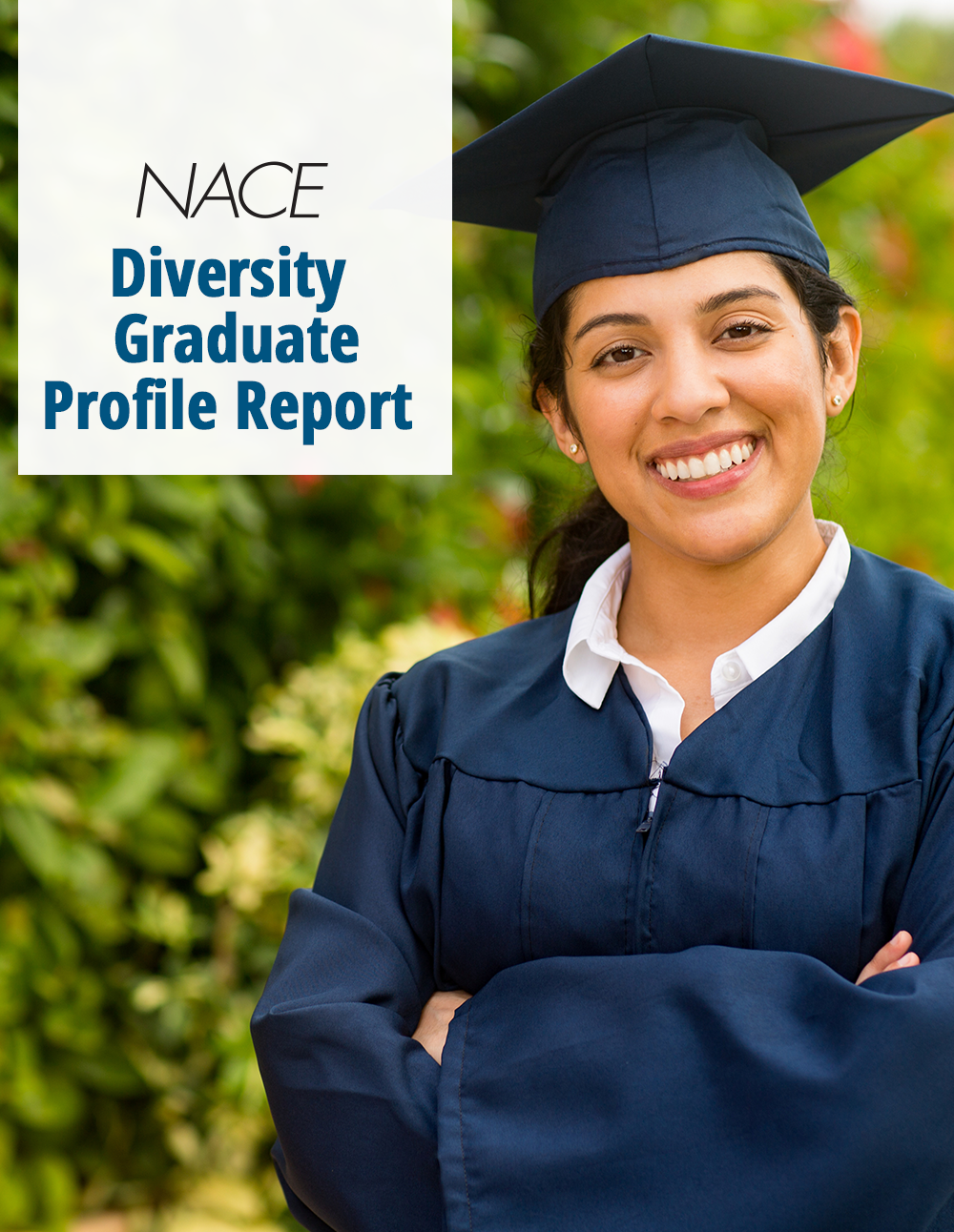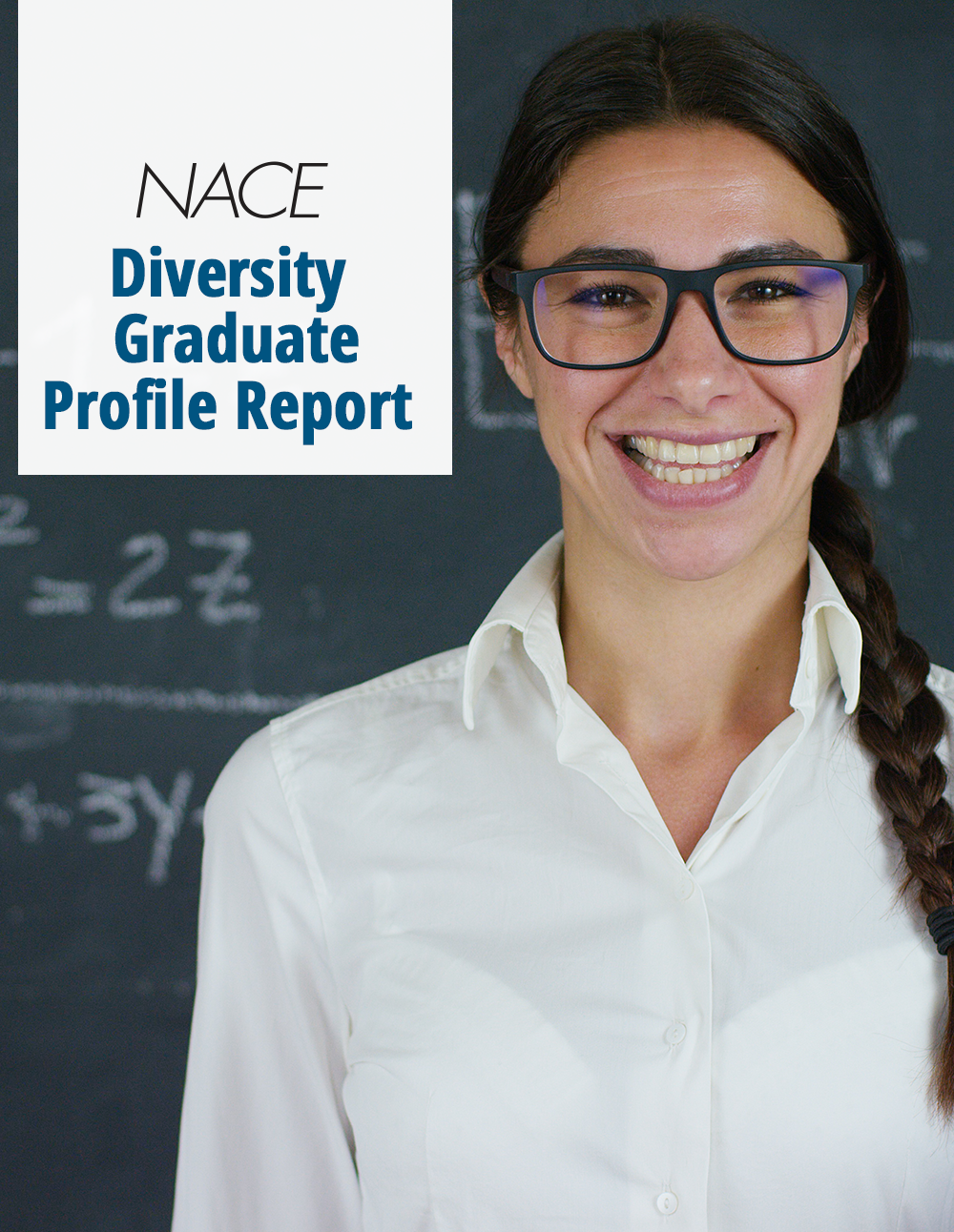When employers consider skills and practice skills-based hiring and skills-based networking, they bring in a more diverse slate of candidates from non-traditional backgrounds, says Asha Aravindakshan.
“As they grow their talent pipelines, it is important for employers and their hiring managers to consider a broad range of candidates who can fulfill their needs,” notes Aravindakshan, author of “Skills: The Common Denominator.”
She explains that skills-based hiring is a change to the prerequisite criteria of the role—such as removing degree requirements or years of experience from a job description—to encourage nontraditional candidates to apply to the opening.
“More traditional approaches to hiring include job description criteria, sometimes a wish list from the hiring manager, and interview evaluation criteria,” Aravindakshan says.
“Selection bias may be a factor if the job candidates progress through the interview process based on their education or other related credentials.”
Meanwhile, she adds that skills-based networking is when a candidate’s contacts provide anecdotal feedback on their candidacy for a role based on those moments when the candidate’s skills stood out to the contact or to others in their professional or personal network.
More traditional approaches to networking include attending business networking events (in-person and virtual), cold outreach, and career fairs.
“For candidates, both skills-based hiring and skills-based networking can create a non-linear career path because their skills may not always align to a traditional role or may lead to a role created for them,” Aravindakshan says.
Employers can implement skills-based hiring in their college recruiting programs by considering the work that needs to be done and the time frame for its completion.
“When employers think of the hiring manager's needs from a skills perspective, they can cast a wider net on talent acquisition,” Aravindakshan says.
“A majority of entry-level roles require the common skills of customer first, determination, and writing. In addition to traditional recruiting methods of on-campus recruiting, which can be limited to those students who can attend a career fair on a specific day and time, employers can also consider virtual or hybrid options, assessments, and revamping the evaluation criteria. Employers need to have an open mind on how these transferable skills apply to their work environments.”
For example, Aravindakshan continues, a hospitality or retail worker looking to switch into an entry-level role can readily share stories of customer-first behavior, a determination in resolving challenges within a shift, and writing samples of customer communications.
“The employer can weigh the benefits of bringing in a candidate with proficiency in the core aspects of the job, but who may need a bit of upskilling in the technical platform used in their day-to-day work,” she says.
“Remember, it’s easier to teach hard skills!”
Employers can assess candidates for their skills development during different interactions with the company:
- During internships, employers can see how candidates adjust to their hybrid culture (endurance), tackle the tasks at hand (project management), and build relationships with other interns/employees (fellowship). Some interns may even express a willingness to return to the company, and employers should take note.
- When recruiters and hiring managers are reviewing resumes for their open roles, they should see a progression in the responsibilities of the job candidate (dependability), a well-roundedness with extracurricular activities (collaboration), and continuous learning.
- As a candidate meets with the recruiter and hiring manager in an interview, the recruiter and hiring manager are able to spot soft skills more easily than by reading a resume. Through the discussion of educating the job candidate on the company, the team, and the role, evaluators can see if the candidate practices active listening, how they would communicate to executives, and storytelling. These transferable skills can set candidates apart from the rest.
- If an employer participates in on-campus recruiting, career fairs, or other business networking opportunities, it can provide additional avenues to meet students or alumni interested in the company. The mere act of a job candidate walking up to the employer to demonstrate their interest exhibits the transferable skills of curiosity, speaking up, and user research.
“Employers can also use assessments throughout their employment journey to evaluate a candidate or employee’s qualifications from a strengths-based perspective,” Aravindakshan adds.
“It’s important to not only share the results of the assessments with the employee, but is also a means for students to interpret the results and create actionable plans to modify or strengthen their skills.”
She offers several recommendations for organizations and URR professionals to effectively use skills-based hiring and skills-based networking in their college recruiting efforts:
- Put yourself out there (online)—Post internships and entry-level jobs and host virtual career fairs to students at numerous colleges and universities through job platforms targeted to students and young alumni. Post micro-internships (short-term projects) to students through job platforms targeting short-term gigs for students. Projects can range from a few hours to several weeks. Build and maintain a strong digital presence as a company on social media channels as this reflects your company’s brand. Ask universities if they use a hashtag on career posts to add them to your social posts for discoverability.
- Link up on LinkedIn—To discover thought leaders, URR professionals can start discussions in college/university alumni LinkedIn groups. These LinkedIn groups, if set up right, should include the university’s ecosystem of alumni, students, faculty, staff, and parents to maximize participation. URR professionals can grow their networks by encouraging students to reach out to them with questions about their major, student clubs, or next steps. Sharing affinities with students helps them to find commonalities, especially if the professionals choose to leave off information on their college major or class year on their LinkedIn profiles.
- Put yourself out there (physically)—URR professionals can participate in career fairs held on campus and virtually to bring interest to their company. They can also get involved with the university’s career center to speak at an information session or to serve as a panelist at an industry-focused event.
- Make the most of face-to-face time—URR professionals can host one-on-one, employer-in-residence office hours on campus or virtually to find students interested in their organization or career paths. They can also volunteer to mock interview students before a career fair and arrange a site visit at their office for interested students that showcases a few different entry-level roles, other alumni’s career paths, and, perhaps, a job shadow component.
Still, there are familiar challenges to overcome and pitfalls to avoid with skills-based hiring and skills-based networking.
“The same mindset that may put limitations on recruiting at certain schools or for candidate profiles can also extend to skills-based hiring and skills-based networking,” Aravindakshan cautions.
“Employers have to remember to practice open-mindedness to bring the best talents into their organizations.”
